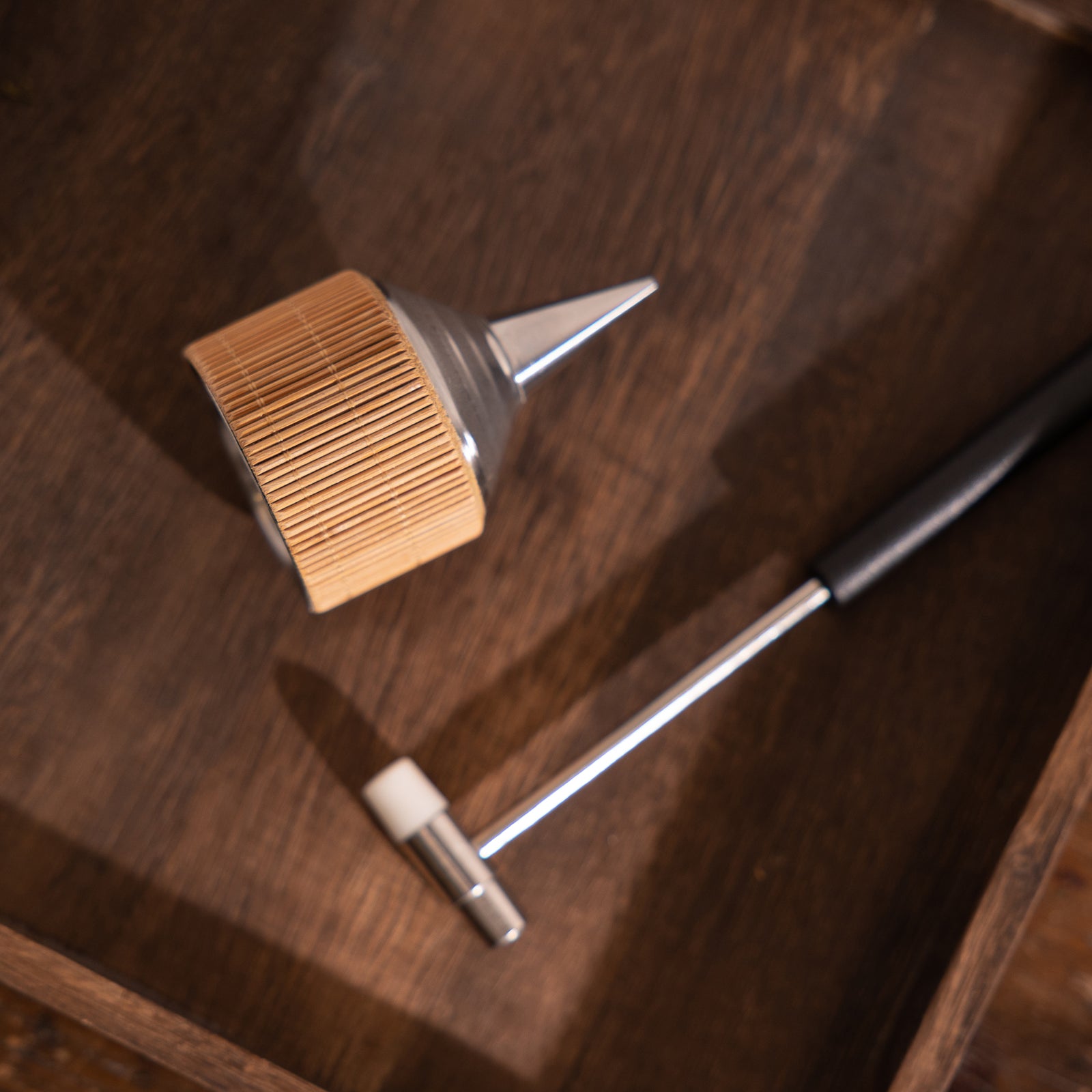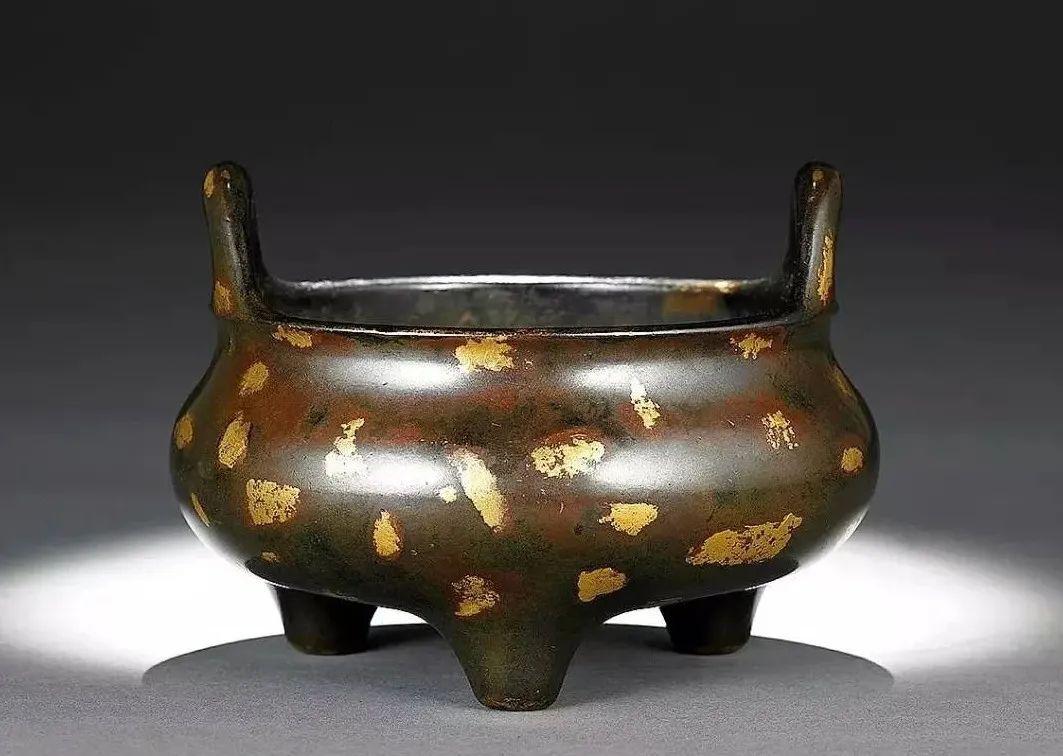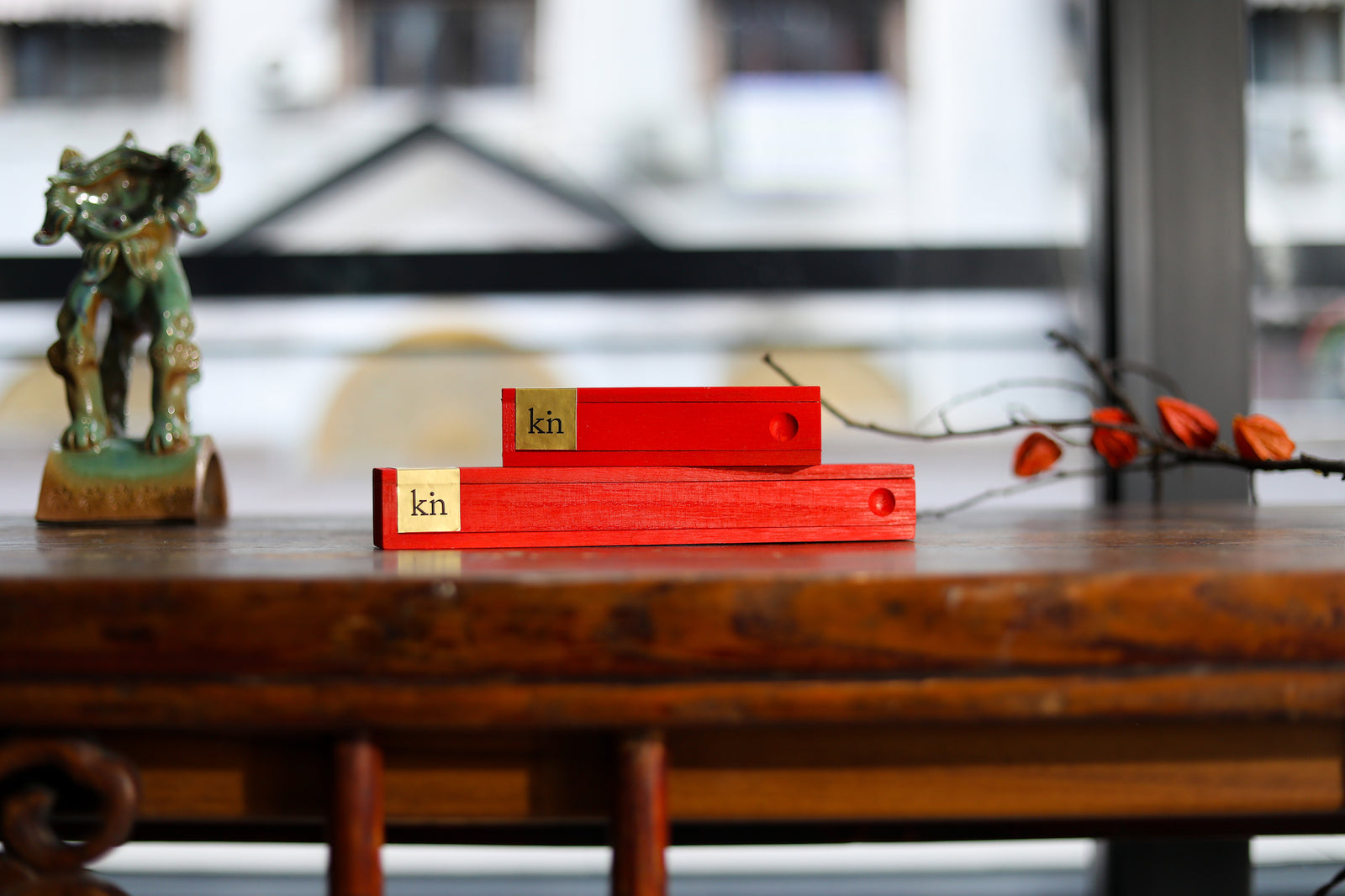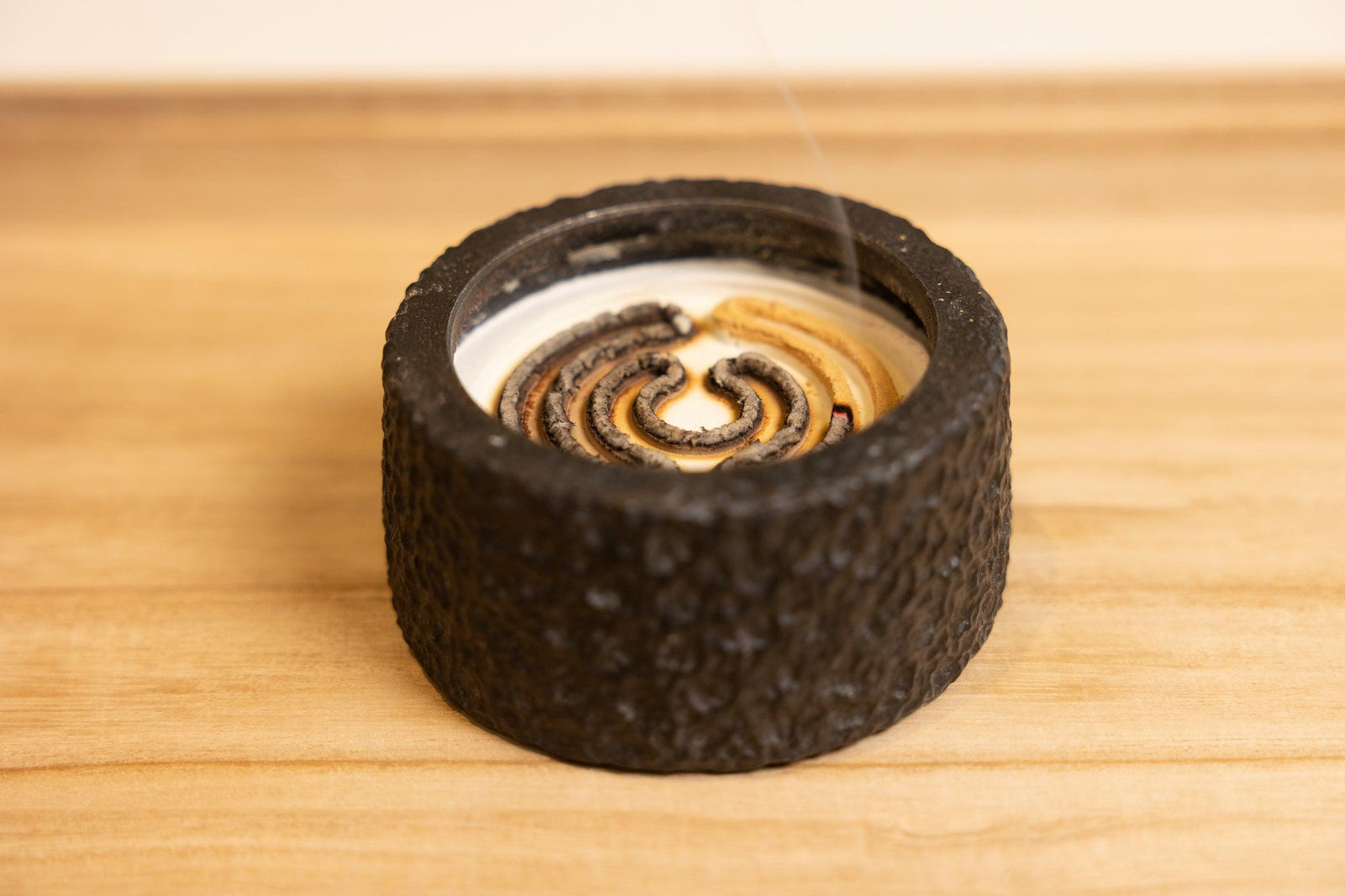The prevalence of incense at the end of the Middle Ages not only continued but increased through the subsequent two dynasties, the Ming 明朝 (1368-1644) and the Qing 清朝 (pronounced “Ching” dynasty, 1636-1912). From the Ming through to the High Qing era (1683-1799), China had a relatively stable and prosperous society, where the population boomed from 60-70 million people at the beginning of Ming, to 450 million at the end of Qing. China was also the world’s biggest economy for significant portions of this time. Incense, as an industry and daily practice, continued to flourish under these conditions.
As we’ve written before, traditional Chinese incense use has thousands of years of history, so as usual, we cover only a short time period in this article – the 14th – 20th centuries, corresponding roughly to Renaissance and the Modern period in European history. Please refer to this article for the latter part of the Middle Ages (10th – 14th centuries), this article for the period leading up to the early part of the Middle Ages (3rd – 10th centuries), and this article on Chinese incense use from the Neolithic Period to pre-Middle Ages.
Incense and China’s International Trade in the Ming Dynasty; Macau and Access to Ambergris
During the Ming and Qing dynasties, sea trading became highly controlled compared to the open sea policies of prior dynasties. However, even under these conditions, vast quantities of incense ingredients were imported through both official channels and various smuggling routes.
From the middle of the Ming dynasty, Portugal became a major trading partner for China, particularly for incense. From its base in occupied Malaya, the Portuguese frequented travelled to Guangdong (Canton), and supplied large quantities of ingredients like pepper, sandalwood, frankincense, clove, aloeswood (agarwood), nutmeg, storax, etc. In fact, historical records show that just in 1626, Portuguese traders shipped sandalwood worth 60,000 silver coins from Indonesia to China[1]. To provide a point reference for this, a typical house in central Beijing at the time was valued at ~160 silver coins[2]. At current real estate values, my own estimate is that 60,000 coins worth of properties would equate to ~USD$500million+.

This detail of Macau in the late 1500s reveals Westerners being carried in palanquins or walking through town accompanied by servants with umbrellas. The inner harbor is busy with Western ships. By Theodor de Bry - https://ocw.mit.edu/ans7870/21f/21f.027/rise_fall_canton_01/cw_essay01.html, accessed on Wikipedia, Public Domain.
The Portuguese and Dutch dominated trading of Ambergris during the 14th-18th centuries, and there is significant speculation that officials finally permitted the Portuguese to settle in Macau partially for greater access to this valuable incense ingredient. In 1554, the second year after the Portuguese settlement, local officials purchased 11 taels of ambergris (approx. 410g, 1两/兩) at an astonishing price of 1200 silver coins per catty (斤, each catty during Ming dynasty equates to approx. 597g). The cost of these 400g of ambergris could buy more than 6 typical houses in central Beijing at the time.

Two large pieces of ambergris
Hong Kong Literally means Incense Port
Besides Macau, incense also played a pivotal role in Hong Kong during this period. In the Ming dynasty, Hong Kong was part of the Dongguan (东莞/東莞) jurisdiction, part of present day Canton. Due to its favorable tropical climate, the whole Dongguan region was a significant producer of aloeswood (also known as agarwood, jinko/ jinkoh in Japanese or oud/oudh in Arabic). The output from its many aloeswood plantations was a key pillar of the local economy.
The aloeswood from the region is called Guanxiang, or Guan incense (莞香) and well known throughout China. The Hong Kong island housed many aloeswood plantations, and was known for its superior quality aloeswood. Its ports and piers also became key logistics centers for the trading and shipping of aloeswood for nearby regions. In fact, present day Tsim Sha Tsui was called Incense Wharf (香埠头/香埠頭) , and Shek Pai Wan or Aberdeen was known literally as Incense Port (香港). The name “Incense Port” is pronounced as “Heung Gong” in Cantonese (the local dialect of the region), and this is where the name Hong Kong comes from. During the Wanli Era (万历/ 萬曆, the Era of the 14th Ming Emperor, 1530-1620), the name Incense Port or 香港 was already officially recorded on maps such as Map of Sea Areas near Canton《广东沿海图》/《廣東沿海圖》[3]
Incense types in the Ming Dynasty: Incense Sticks Advancements, and the lost art of “Dragon Hanging Incense”
While the overall methods of making incense during the Ming and Qing dynasties did not differ significantly from the Song dynasty, there was significant refinements and improvements to the processes.
For example, while incense sticks had been created in the Song dynasty, they tended to still be rather crude and thick at the beginning of the Ming, with some made from molds rather than squeezed into uniform lines. By the end of Ming, the tools and processes for squeezing incense sticks had become common place, and sticks became thin and uniform.
By the middle of the Ming dynasty, incense sticks with a core also began to appear and became widely used (签香/簽香, or 棒香). This is the type of incense sticks that is more commonly associated with Indian incense today.
There is another type of special incense which began to appear in the middle of the Ming, and is no longer produced today. The incense is called 龙挂香[4],or "Dragon Hanging Incense". The incense is similar to the large pyramidal shaped spiral incense still seen hanging in some temples today. However at the time, instead of spirals, the incense would be made in the shape of animals or characters. Unfortunately, creating Dragon hanging incense is a lost art today and I have never seen one.

Large pyramidal shaped spiral incense are the only remnants of "Dragon Hanging Incense" from the Ming Dynasty
The Famous XuanDe Incense Burners and Cloisonne Censers
Perhaps the most well known incense development in the Ming and Qing dynasties were the incense burners, and specifically the Xuan De (宣德炉/宣德爐) incense burners of the Ming dynasty.
Methods of working with bronze had advanced significantly during the Ming. From the middle of the dynasty, bronze incense holders became extremely popular as technological advances allowed the bronze to be made both very strong and resistant to rust. As incense sticks had become the predominant form of incense consumed at this time, most bronze incense holders of the period were made to cater to this type of incense. As such, they tended to be fairly small in size, with no lid or a very simple lid.
The world famous Xuan De incense holders began to be made in the era of the Xuan De Emperor (1426-1435, Ming dynasty). At the time, current day Thailand had gifted the Imperial Palace tens of thousands of pounds of high quality copper. The copper was forged into bronze with numerous precious metals such as gold and silver using special forging processes, and this created a final bronze that was highly lustrous and smooth. The bronze was subsequently made into over 3000 incense holders. It is believed they were used exclusively by the imperial palace, and gifted only to temples and very high ranking officials.
The Xuan De incense holders were so well known and sought after that they were extensively copied. In fact, some of the copies were believed to be made by the same artisans which made the original pieces, and high quality copies are indistinguishable from the real pieces. Today, there is no collective agreement that a single authentic Xuan De incense burner exists. The copies of Xuan De incense holders are so widespread that the name “Xuan De” has become a collective name for the simple styled bronze incense burners of the era. Today, a high quality Xuan De styled incense burner is extremely valuable regardless of its authenticity, a piece originally collected by the respected Chinese scholar Wang Shixiang was auctioned for over 15million RMB (over US$2mil) in 2010. Here are some images of the renowned burner, called "Ming Dynasty Sky Facing Ear-Handles Gold Leaf Three Footed Bronze Incense Burner" (明代冲天耳金片三足铜炉/明代衝天耳金片三足銅爐)


In addition to bronze, the technique of Cloisonné (enamel, 珐琅/琺瑯) had spread from the Byzantium or Islamic world to China in the 13th-14th centuries. By the time of the Xuan De Emperior, it is believed there was already considerable Chinese expertise in this technique. By the beginning of the 18th century in the Qing dynasty, Cloisonné had gained so much favor that Kangxi Emperor (康熙) had an Imperial Cloisonné workshop. Significant quantities of cloisonné censers were therefore created in the Ming and Qing dynasty. The work tended to all have a base of blue, and feature highly intricate patterns. Many survive in Museum collections around the world, and are extremely beautiful.

A cloisonne censer from the Qing dynasty, Taipei Palace Museum
The Archetypal Chinese Incense Book: Xiang Sheng (Record of Incense,《香乘》/《香乗》)
Scholarly literature on the topic of incense continued to be prolific in the Ming and Song dynasties. In particular, Ming dynasty saw the penning of the archetypal Chinese incense book, Xiang Sheng《香乘》- roughly translating into Record of Incense – which until this day is still considered the “bible” for Chinese incense creators. It was written at the end of the Ming dynasty by the renowned scholar Zhou Jiazhou (周嘉胄 1582-1661) in modern day Jiangsu Yangzhou (江苏扬州/江蘇揚州).
Zhou spent over 20 years researching and compiling the book. It is a comprehensive guide of everything related to incense, including details of many incense ingredients, their properties, uses, and traditional incense recipes dating from the Song dynasty. Importantly, it also records many Chinese historical anecdotes and stories related to incense. It is both a knowledge base and a cultural record.
Its survival to modern knowledge comes primarily from its compilation into the Chinese Imperial Palace Library in the 18th century (四库全书/四庫全書). However, like many aspects of Chinese history, due to the huge amount of texts and artefacts destroyed during the wars and cultural revolution of the 20th century, historians and scholars have had to reference preserved copies in Japan for further reference – in this case a surviving historical copy in the Japanese Waseda University library.

Surviving historical copy of《香乗》in the Japanese Waseda University library
Incense in other Ming and Qing Literature
As was the case in the preceding dynasties, incense continued to be a significant part of the lives and ceremonies of the intellectual class. Refined taste in incense was seen as a sign of status, and society elites often took pride in having particular preferences in incense ingredients, recipes, utensils, and special techniques when using incense.
Gao Panlong (高攀龙/高攀龍) was a renowned scholar and political activist of the Ming Dynasty. He was part of the “Dong Lin Eight” (东林八君子/東林八君子) who gained significant popularity for their advocacy for the common people, and criticism of the political establishment’s corruption and poor policy making. Some illustrative records of how intellectuals spent their days could be glimpsed from Gao Pan long’s famous work Posthumous work of Gaozi《高子遗书》/《高子遺書》:
“盥漱毕,活火焚香,默坐玩《易》… 午食后,散步舒啸。觉有昏气,瞑目少憩,唆茗焚香,令意思爽畅,然后读书至日昃而止。” (《高子遗书 . 山居课程》/《高子遺書 . 山居課程》)
“After washing and getting ready in the morning, [I] light an incense, and sit to contemplate the Yi Jing (Book of Changes, an ancient Chinese divine text)… After lunch, [I] go for a walk and sing. If the mind feels clouded, [I] sit and meditate for a short period, drink some tea accompanied by incense, until the mind is clear, then [I] read until the days end.” (Posthumous work of Gaozi, Lessons in the Mountains)
Incense continued to be highly present in poems and other literary works from the Ming and Qing dynasties. One of the most prominent Chinese works of non-fiction – The Dream of the Red Chamber 《红楼梦》/《紅樓夢》- was in fact written in the Qing dynasty, and features rich descriptions of incense in its daily life.
Incense in The Dream of the Red Chamber《红楼梦》/《紅樓夢》
The Grand View Garden (Daguanyuan, 大观园/大觀園) is the setting for much of the story, and there is abundant evidence that the Garden and its chambers is full of incense. In the 18th chapter of the book, there is the following description of the Garden during Lantern Festival -
“园内各处,帐舞蟠龙,帘飞彩凤,金银焕彩,珠宝争辉,鼎焚百合之香,瓶插长春之蕊… 又有销金提炉焚着御香… 又有值事太监捧着香珠、绣帕… 只见园中香烟缭绕,花彩缤纷, 处处灯光相映… 但见庭燎烧空,香屑布地,火树琪花,金窗玉槛。说不尽帘卷虾须,毯铺鱼獭,鼎飘麝脑之香,屏列雉尾之扇”
This paints a vivid scene with colorful lanterns, lions dancing, people gathered with all their jewels on display, and surrounding it all the floating smoke of incense from large sitting incense burners and smaller incense holders carried around by ladies-in-waiting.

An unknown artist's rendition of the Grand View Garden, collection of the National Museum of China
With the fall of Qing dynasty in 1912 came the end of the imperial rule, and the incompetence of the last Qing Emperors brought an end to the stability and wealth of the previous centuries. China plunged into years of war and turmoil, and the practice of incense – along with many traditional cultural practices – came to a rather abrupt halt as more pertinent issues like food and survival became crucial. For almost 100 years after the end of Qing, many of the lost Chinese arts lay dormant, and it has not been until recent years that incense has started to slowly come back into modern Chinese life.
And on this celebratory note, we end the fourth chapter of our Chinese Incense History series. It has taken us some time to research, write and compile our series, and we believe this is the first time this history has been told online in English in this comprehensive, easy-to-understand way. We hope the information is in some way interesting or helpful for you, and we will be coming back to these over time to edit and enrich them. So if you have any thoughts or comments about any of the content, please either leave a comment below or drop us an email.
A gentle reminder to please refer to the below links for the other parts of the series:
Chinese Incense History: The Golden Middle Ages Part I (pre-Tang and Tang dynasties)
Chinese Incense History: The Golden Middle Ages Part II (Song and Yuan dynasties)
--
[1] C R Boxer, Fidalgos in the Far East,1550-1700
[2] Raff, Wachter and Yan, Real Estate Prices in Beijing, 1644 to 1840, https://realestate.wharton.upenn.edu/wp-content/uploads/2017/03/721.pdf. The typical value of a house in 1645-1669 was 111 silver taels, and assuming each coin converts to a silver tael at a conversion rate of 70%, this is 158.5 coins.
[3] Guo Fei Comprehensive Record of Canton~1595郭棐《粤大记》
[4] 《本草纲木》 “线香。。。成条如线也。赤或盘成物象字体,用铁钢丝悬爇者,名龙挂香“






Leave a comment (all fields required)